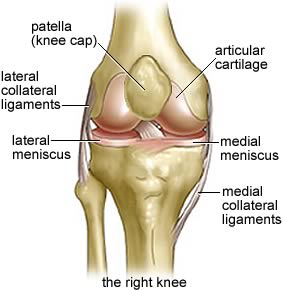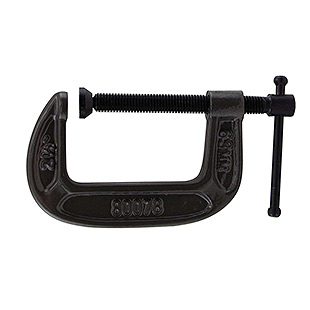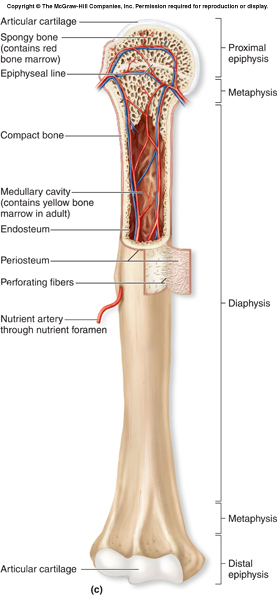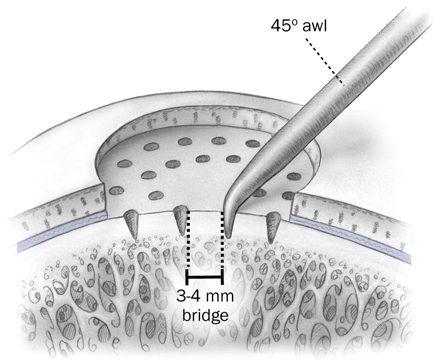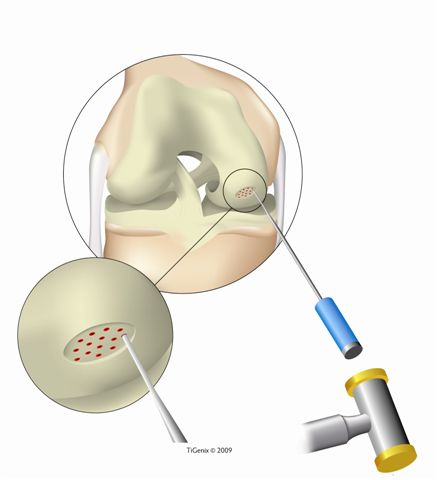 One of the first methods and techniques I discovered when I first started doing research to see how one can increase their height and grow taller was the Alexander Technique. I have written two posts about the feasibility, effectiveness, and theory of how the Alexander Technique works in increasing height found HERE and HERE.
One of the first methods and techniques I discovered when I first started doing research to see how one can increase their height and grow taller was the Alexander Technique. I have written two posts about the feasibility, effectiveness, and theory of how the Alexander Technique works in increasing height found HERE and HERE.
When one starts learning about the Alexander Technique, one is bound to also learn about the Feldenkrais method. They are similar in their ultimate goal, which is to help elevate pain, reduce certain pathological conditions, and improvement movement and posture in the individual. First we learn what exactly is the Feldenkrais Method.
Using a very unscientific approach, let’s just see what Wikipedia says about it. You can find the original article link HERE. Again I will copy and post a few of the main points about the method below
The Feldenkrais Method – often referred to simply as “Feldenkrais” – is a somatic educational system designed by Moshé Feldenkrais (1904–1984).
Feldenkrais aims to reduce pain or limitations in movement, to improve physical function, and to promote general wellbeing by increasing students’ awareness of themselves and by expanding students’ movement repertoire.
Feldenkrais is used to improve habitual and repetitive movement patterns rather than to treat specific injuries or illnesses. However, because habitual and repetitive movement patterns can contribute towards and in some cases cause injury, pain, and physical dysfunction, the method is often regarded as falling within the field of integrative medicine or complementary medicine.
Approach
Feldenkrais believed that health is founded on good function. He asserted that his method of body/mind exploration improved functioning (health) by making individuals more aware: “What I am after is more flexible minds, not just more flexible bodies”…. Feldenkrais’ approach was essentially experiential, grounded in tools of self-discovery and movement enquiry.
Techniques
Functional Integration (FI)
In a Functional Integration lesson, a trained practitioner uses his or her hands to guide the movement of a single client, who may be sitting, lying or standing (fully clothed). The practitioner uses this “hands-on” technique to help the student experience the connections among various parts of the body (with or without movement). Through precision of touch and movement, the client learns how to eliminate excess effort and thus move more freely and easily. Lessons may be specific in addressing particular issues brought by the client, or can be more global in scope. Although the technique does not specifically aim to eliminate pain or “cure” physical complaints, such issues may inform the lesson. Issues such as chronic muscle pain may resolve themselves as the client may learn a more relaxed approach to his or her physical experience—a more integrated, free, and easy way to move.
Awareness Through Movement (ATM)
In Awareness Through Movement classes, people engage in precisely structured movement explorations that involve thinking, sensing, moving, and imagining. Each lesson consists of comfortable, easy movements that gradually evolve into movements of greater range and complexity. Awareness Through Movement lessons attempt to make one aware of his/her habitual neuromuscular patterns and rigidities and to expand options for choosing new ways of moving while increasing sensitivity and improving efficiency. There are hundreds of Awareness Through Movement lessons contained in the Feldenkrais Method that vary, for all levels of movement ability, from simple in structure and physical demand to more difficult lessons. Feldenkrais taught that changes in our ability to move are inseparable from changes in our conscious perception of ourselves as embodied. He said that changes in the physical experience could be described as changes in our internal self image, which can be conceived as the mapping of the motor cortex to the body. (This relates to the body image theory that was developed by Penfield in the form of cortical homunculus.) Feldenkrais felt that activity in the motor cortex played a key role in proprioception (the sense of body position). He aimed to clarify and work therapeutically with this relationship, with instructions that involved both specific movement instructions and invitations to introspection.
Scientific studies
In 1999, a randomized controlled trial investigated whether physiotherapy or Feldenkrais interventions would reduce the complaints from neck and shoulder pain and disability….The Feldenkrais group showed significant decreases in complaints from neck and shoulders and in disability during leisure time. The two other groups showed no change in complaints (Physiotherapy group) or worsening of complaints (Control group).
According to Norman Doidge, current research on neuroplasticity, by scientists such as Doidge and Michael Merzenich, may support Feldenkrais’ key theories of somatic re-education.
On the main website (found HERE) that teaches the Feldenkrais method is this claim
“”The Feldenkrais Method is for anyone who wants to reconnect with their natural abilities to move, think and feel. Whether you want to be more comfortable sitting at your computer, playing with your children and grandchildren, or performing a favorite pastime, these gentle lessons can improve your overall well being.
Learning to move with less effort makes daily life easier. Because the Feldenkrais Method focuses on the relationship between movement and thought, increased mental awareness and creativity accompany physical improvements. Everyone, from athletes and artists to administrators and attorneys, can benefit from the Feldenkrais Method.
We improve our well being when we learn to fully use ourselves. Our intelligence depends upon the opportunity we take to experience and learn on our own. This self learning leads to full, dynamic living.””
In the FAQ section, these are the answers to the most frequently asked questions (found HERE).
What is the Feldenkrais Method?
The Feldenkrais Method is named after its originator, Dr. Moshe Feldenkrais, D.Sc. (1904-1984) [about], a Russian born physicist, judo expert, mechanical engineer and educator.
The Feldenkrais Method is a form of somatic education that uses gentle movement and directed attention to improve movement and enhance human functioning. Through this Method, you can increase your ease and range of motion, improve your flexibility and coordination, and rediscover your innate capacity for graceful, efficient movement. These improvements will often generalize to enhance functioning in other aspects of your life.
The Feldenkrais Method is based on principles of physics, biomechanics and an empirical understanding of learning and human development. By expanding the self-image through movement sequences that bring attention to the parts of the self that are out of awareness, the Method enables you to include more of yourself in your functioning movements. Students become more aware of their habitual neuromuscular patterns and rigidities and expand options for new ways of moving. By increasing sensitivity the Feldenkrais Method assists you to live your life more fully, efficiently and comfortably.
The improvement of physical functioning is not necessarily an end in itself. Such improvement is based on developing a broader functional awareness which is often a gateway to more generalized enhancement of physical functioning in the context of your environment and life.
Who Benefits from the Feldenkrais Method?
Anyone—young or old, physically challenged or physically fit—can benefit from the Method. Feldenkrais is beneficial for those experiencing chronic or acute pain of the back, neck, shoulder, hip, legs or knee, as well as for healthy individuals who wish to enhance their self-image. The Method has been very helpful in dealing with central nervous system conditions such as multiple sclerosis, cerebral palsy, and stroke. Musicians, actors and artists can extend their abilities and enhance creativity. Many Seniors enjoy using it to retain or regain their ability to move without strain or discomfort.
Through lessons in this method you can enjoy greater ease of movement, an increased sense of vitality, and feelings of peaceful relaxation. After a session you often feel taller and lighter, breathe more freely and find that your discomforts have eased. You experience relaxation, and feel more centered and balanced.
Successful Students: here are examples of recent successes students have accomplished after work with the Feldenkrais Method:
- a 42 year old computer programmer with incipient wrist problems is able to increase his speed on the keyboard after learning how to use his arms and hands more efficiently.
- a 28 year old woman goes through her third pregnancy, but the first one without back pain.
- a 55-year old woman is able to lift her affectionate 2 year old granddaughter without straining her back.
- a 40-year old cellist becomes so creative in developing new, less strained positions to play in that she able to extend her musical repetoire.
- a 9-year old with learning disabilites can read a full page competently and gains self-confidence in his intelligence.
- a 19-year old diver is able to visualize and perform the complex series of movements needed to accomplish an intricate endeavor more proficiently.
- a 78-year old man walks a mile daily, free of chronic knee pain he’s had for 30 years.
- a 32-year old man learns to reuse his hands after a crippling auto accident.
Professional athletes who have enjoyed the benefits of Feldenkrais include basketball star Julius Erving and PGA golfers Rick Acton and Duffy Waldorf. Celebrities who have used Feldenkrais include Norman Cousins, Margaret Mead, former Israeli Prime Minister David Ben-Gurion, Helen Hayes and Whoopi Goldberg. Famous musicians include violinist Yehudi Menuhin, and cellist Yo Yo Ma.
What Happens in a Feldenkrais Method Session?
Feldenkrais work is done in two formats.
In group classes, called Awareness Through Movement, the Feldenkrais teacher verbally leads you through a sequence of movements in basic positions: sitting or lying on the floor, standing or sitting in a chair.
Private Feldenkrais lessons, called F unctional Integration, are tailored to each student’s individual learning needs; the teacher guides your movements through touch.
People learning the Feldenkrais Method are usually referred to as ‘students’ rather than clients or patients. This reinforces our view of the work as primarily being an educational process.
How Does the Feldenkrais Method Differ from Massage and Chiropractic?
The similarity is that both practices touch people, but beyond that our Method is very different. In massage, the practitioner is working directly with the muscles, in chiropractic, with the bones. These are structural approaches that seek to affect change through changes in structure (muscles and spine). The Feldenkrais Method works with your ability to regulate and coordinate your movement; which means working with the nervous system. We refer to this as a functional approach wherein you can improve your use of self inclusive of whatever structural considerations are present.
How are Feldenkrais Practitioners Trained?
All Feldenkrais practitioners must complete 740-800 hours of training over a 3 to 4 year period. Trainees participate in Awareness Through Movement and Functional Integration lessons, lectures, discussions, group process and videos of Dr. Feldenkrais teaching. Eventually students teach Awareness Through Movement and Functional Integration under supervision. Trainees gradually acquire knowledge of how movement and function are formed and organized. This extensive subjective experience forms the basis from which she/he will learn to work with others.
The main purpose of the training is for the trainees to acquire for themselves a deep understanding of movement and its formation, to become aware of their own movement, to become astute observers of movement in others, and to be able to teach other people to enlarge their awareness and movement skills.
The training process is based upon the vast body of knowledge Dr. Feldenkrais introduced. Since he integrated into his body of learning theory aspects from a variety of scientific fields such as Newtonian mechanics, physics, neurophysiology, movement development, biology and learning theories, we present some of these aspects in the training program for the trainee to comprehend the theoretical background of the method.
Me: What is clear is that the Feldenkrais Method is practiced and utilized by a minority group of people in society to solve many of their movement pathologies. When I looked through google to see how the feldenkrais method is used to increase height, that was a strong association with the two subjects. Apparently on one of the websites, there was even an unpublished Masters’ Degree thesis on the effect of the method on height (found HERE). There was even an entire book written about the effects on height from using the Feldenkrais Method which I found on Google Books (located HERE) titled “Changes in Height and Postural Stability Using the Feldenkrais Method” . The last resource I found which even talked about the idea of the method allowing for increases in height was found HERE. The PDF is long and I did not take the time to read or look over it to see what the results and conclusion were.
Overall, it turns out there are very few claims that the Feldenkrais Method can be used for the purpose of hieght increase. With this conclusion, I guess we end this topic by stating that the method is not recommended for the purpose of increasing height, but only improved movement, flexibility, and posture.
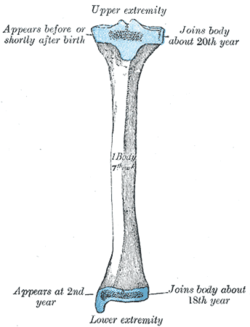 This method or technique called the Shinbone was a really interesting and unique case because of the people associated with it development. There was a guy named Sky which came along around the 2006-2009 period (I am not sure about the real dates since I haven’t done all the research) who wanted to form some type of group or organization to find the solution to our height increase problem. His answer to the issue was a very radical and original method.
This method or technique called the Shinbone was a really interesting and unique case because of the people associated with it development. There was a guy named Sky which came along around the 2006-2009 period (I am not sure about the real dates since I haven’t done all the research) who wanted to form some type of group or organization to find the solution to our height increase problem. His answer to the issue was a very radical and original method.
